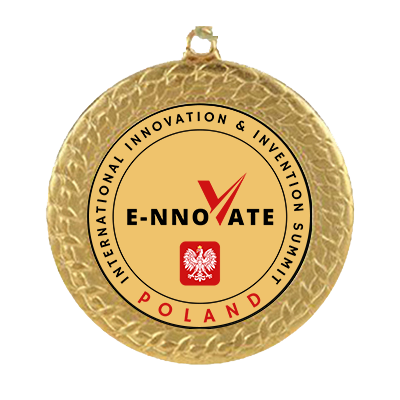Experimental Device for Monitoring Climatic Activities and the Electromagnetic Field
Description: Air pollution is a major concern in today's world. The development of a network of experimental stations equipped with sensors for temperature, particulate matter concentrations, CO2, VOCs, wind speed and lightning will help to reduce the concentration of pollutants and fill some gaps in our understanding of the atmosphere. We will be able to develop new correlations and monitor phenomena that we poorly understand. It can develop a new way to visualize atmospheric dispersion and nearest source detection of pollutants based on an AI model. The project has both engineering and scientific value.
The causes of air pollution range from human activities to natural events. The experimental station is capable of simultaneously monitoring and correlating data on key environmental factors. It thus contribute to a comprehensive understanding of the complex interaction between climatic conditions, solar radiation and electromagnetic activities such as lightning. This station allow environmental monitoring to explore possible correlations and dependencies between climate parameters and solar activity and determine how storms and lightning affect the dispersion of pollutants.. The station integrates advanced sensors to collect climate data, measuring basic data, concentration of PM 2.5, CO2, NO2, etc., solar irradiance, wind speed and direction and an electromagnetic sensor. The station can warn people of excessive radiation or impending storms via a dedicated platform or SMS, and will record the data on a cloud service using GSM to allow us to make more accurate statistics and correlations. The Multi-Gaussian Model adapted to study atmospheric dispersion (Gauss-DMA*) is a mathematical model that simulates the dispersion of pollutants in the atmosphere to estimate the concentration of air pollutants emitted downwind. Air pollution forecasts are produced using complex models that combine weather and pollutant emission information using machine learning. Using the OML model, we can develop a formula that is unique to the infrastructure of a given region, between the location of a pollutant source and the device. This project will provide a better and deeper understanding of how solar and electromagnetic activities affect the concentration and dispersion of pollutants. Data will be collected over a very large area thanks to a system of stations.
Organisation: National College “Emil Racoviță”
Innovator(s): Bora Bogdan, Teodorescu Gabriel
Category: Young inventors
Country: Romania

